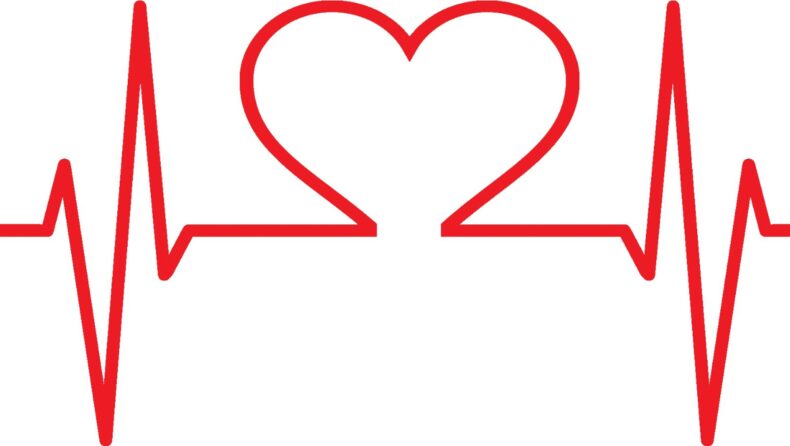According to the United States Environmental Protection Agency (EPA), there are six criteria pollutants that harm our health and the environment: lead, carbon monoxide (CO), nitrogen oxides (NO2), ground-level ozone, particulate matter (PM: particles that can be seen with the naked eye—dust, dirt, soot, or smoke—and particles with diameters less than 10 micrometers, PM10, or 2.5 micrometers, PM2.5), and sulfur oxides (SO2).
The EPA further states that criteria air pollutants emerge from various sources: emissions (industrial, electric utilities, burning fossil fuels), construction sites, unpaved roads, fields, metal processing, and smelters, to name a few. These pollutants can get into our body, accumulate in the blood stream as well as different organs, and cause serious health risks.

A recent study, by Xiaowei Xue et al., available in the Canadian Medical Association Journal (CMAJ), highlights the fact that air pollution is reported as a risk factor for cardiovascular diseases (CVDs), and exploring the effect of air pollution on arrhythmia is imperative. The team also discusses that earlier epidemiological studies that link air pollution with arrhythmia report inconsistent results, and that not many studies have evaluated the association at an hourly level, prior to symptom onset (of arrhythmia).
Arrhythmia, the study describes, is the result of disturbed electrical activity in the heart; it usually happens abruptly and can cause severe CVDs (stroke, acute myocardial infarction, heart failure) and death. With this in mind, the researchers think that identifying risk factors is important.
The study used a cohort of 190,115 patients (aged 18-98) diagnosed with acute onset of symptomatic arrhythmia. The team recorded hourly information regarding the developments in disease condition. This data included the different types of arrhythmia: atrial flutter, atrial defibrillation, atrial and ventricular premature beats, and supraventricular tachycardia. It was obtained from the Chinese Cardiovascular Association Database—Chest Pain Center. The collected data spanned across 2,025 certified hospitals, which are located in 322 cities in China.
The researchers also gathered the hourly concentrations of six air pollutants—PM2.5, PM2.5–10, NO2, SO2, CO, and ozone— as well as temperature and humidity, from monitors. Their study’s results revealed that a step increase in pollutants in the first 24 hours post exposure was linked to a constant significant increase in the risk of the different types of arrhythmia that were studied.
In addition the team also mentions the limitations of their study. They confirm errors in exposure measurement as it was done using monitors nearest to the hospitals. Also, the fact that patients were taken to the nearest hospital for timely treatments, could affect the association ascertained between air pollutants and arrhythmia. The study has excluded asymptomatic arrhythmia.
Along with this, their database excluded data from other types of arrhythmia—ventricular tachycardia, ventricular flutter or ventricular fibrillation. They also state the existence of errors (diagnostic or reporting) that are unrelated to air pollution variation; they claim that this will not affect their results.
Furthermore, the researchers believe that their results can serve as additional proof of air pollution’s adverse effects—like CVDs— and emphasize on the importance of the reduction of exposure of the world to air pollution as well as protection of susceptible groups of the population from air pollutants.













